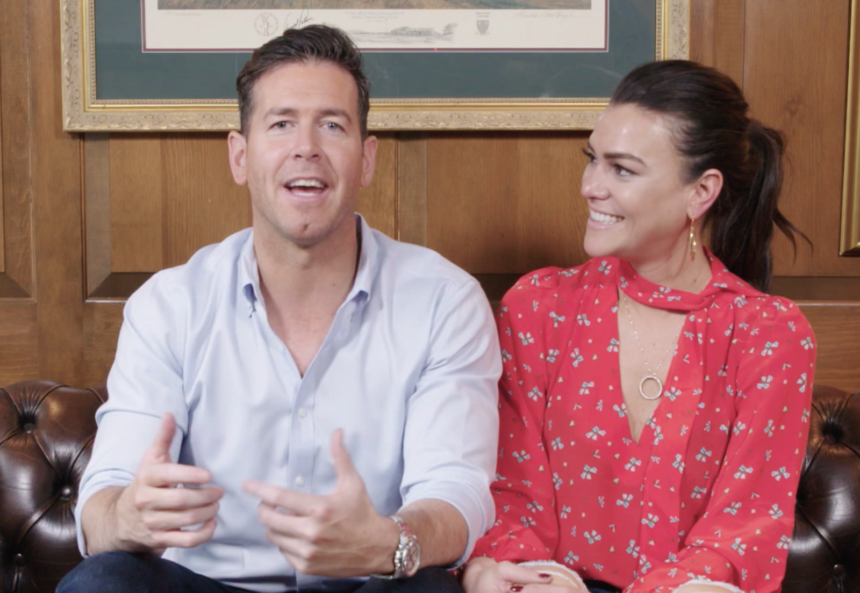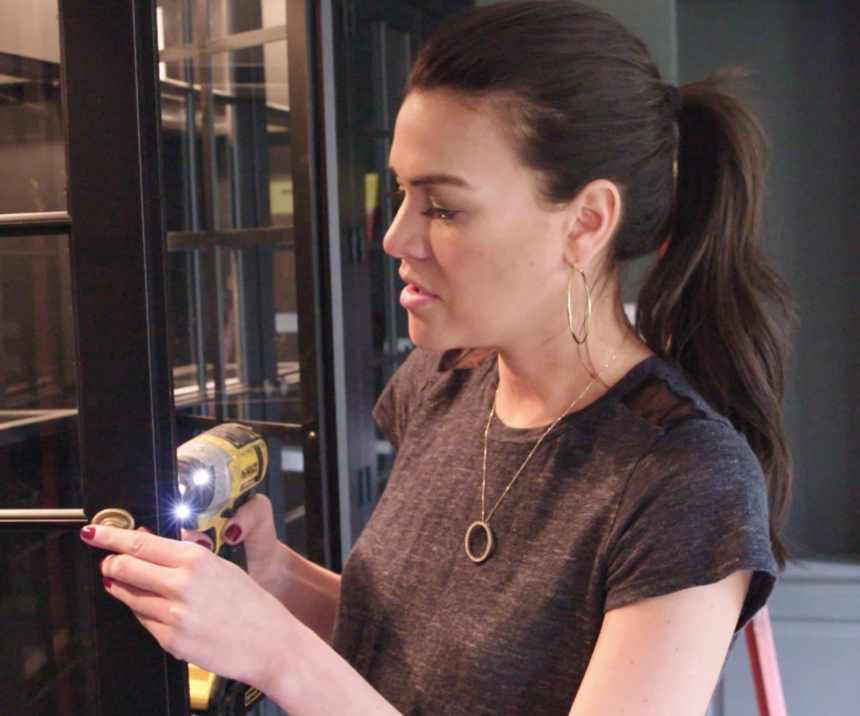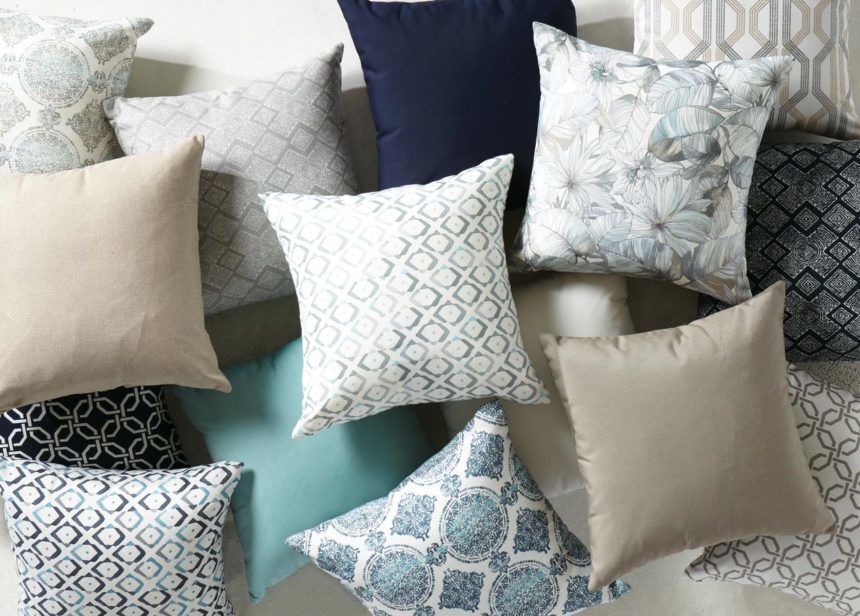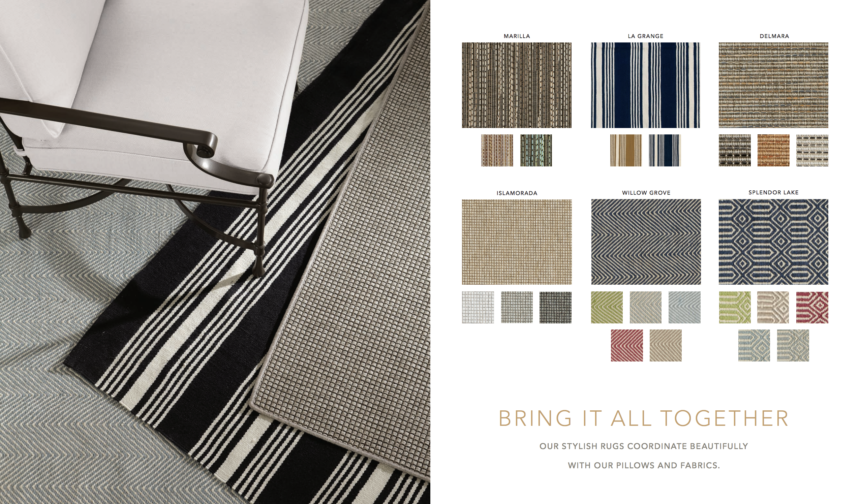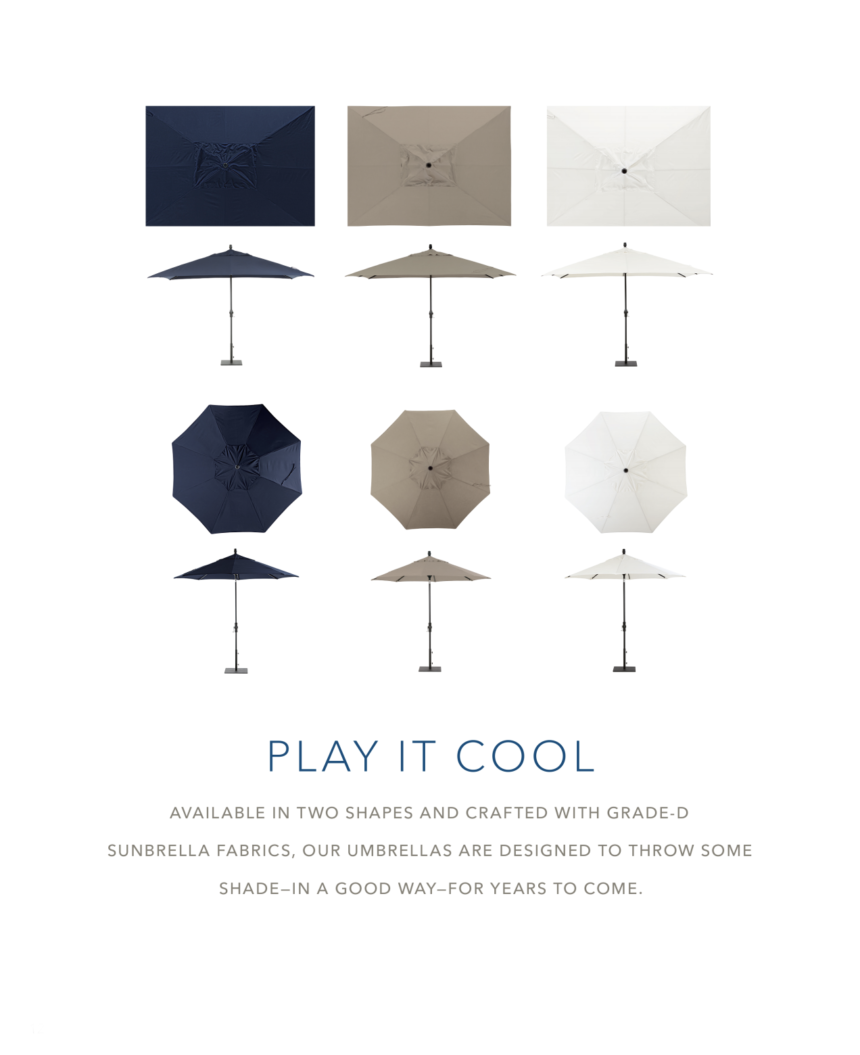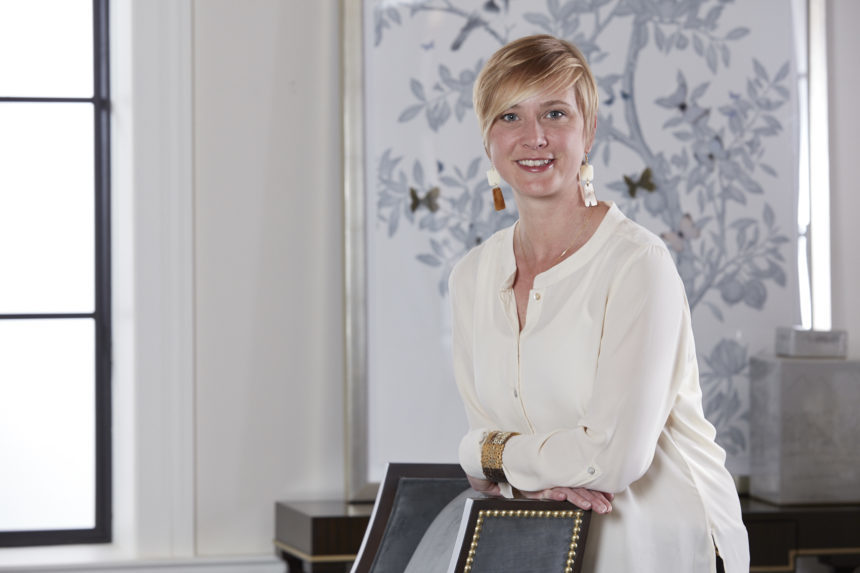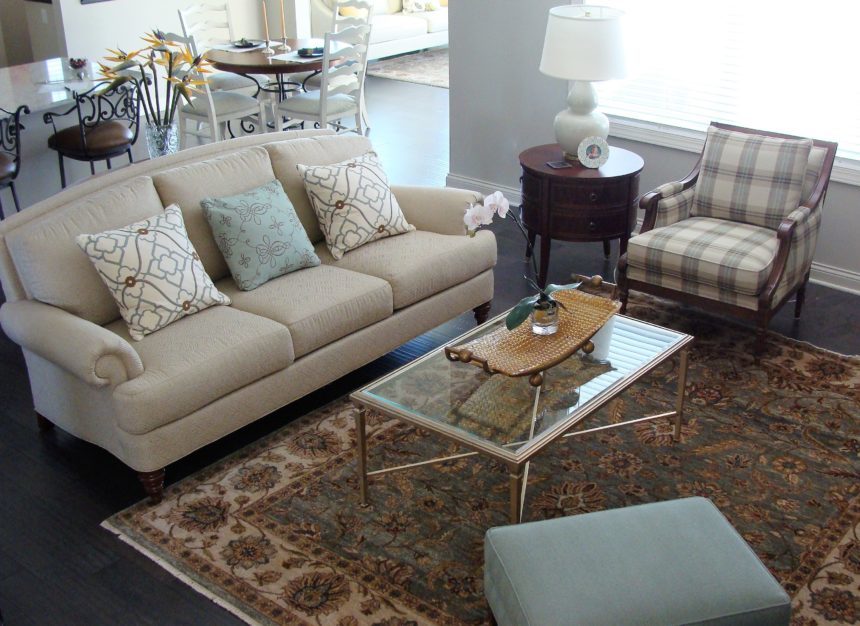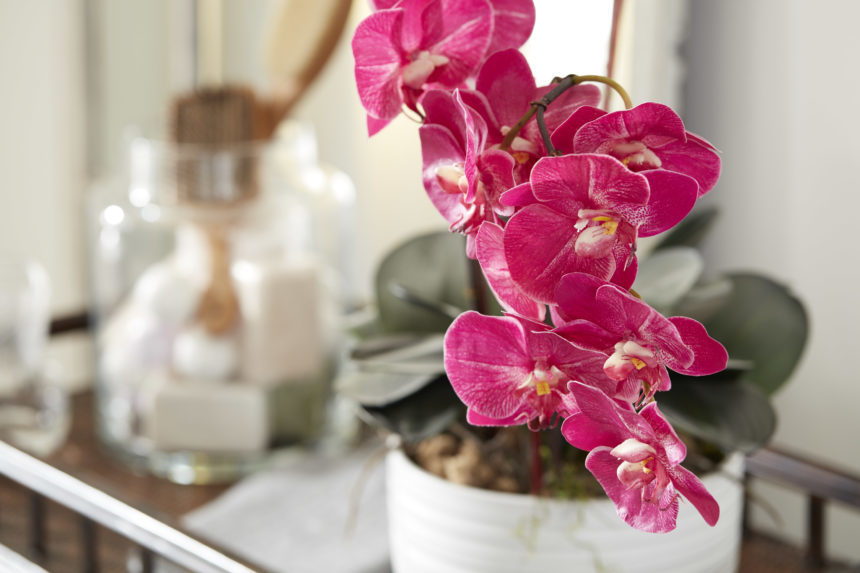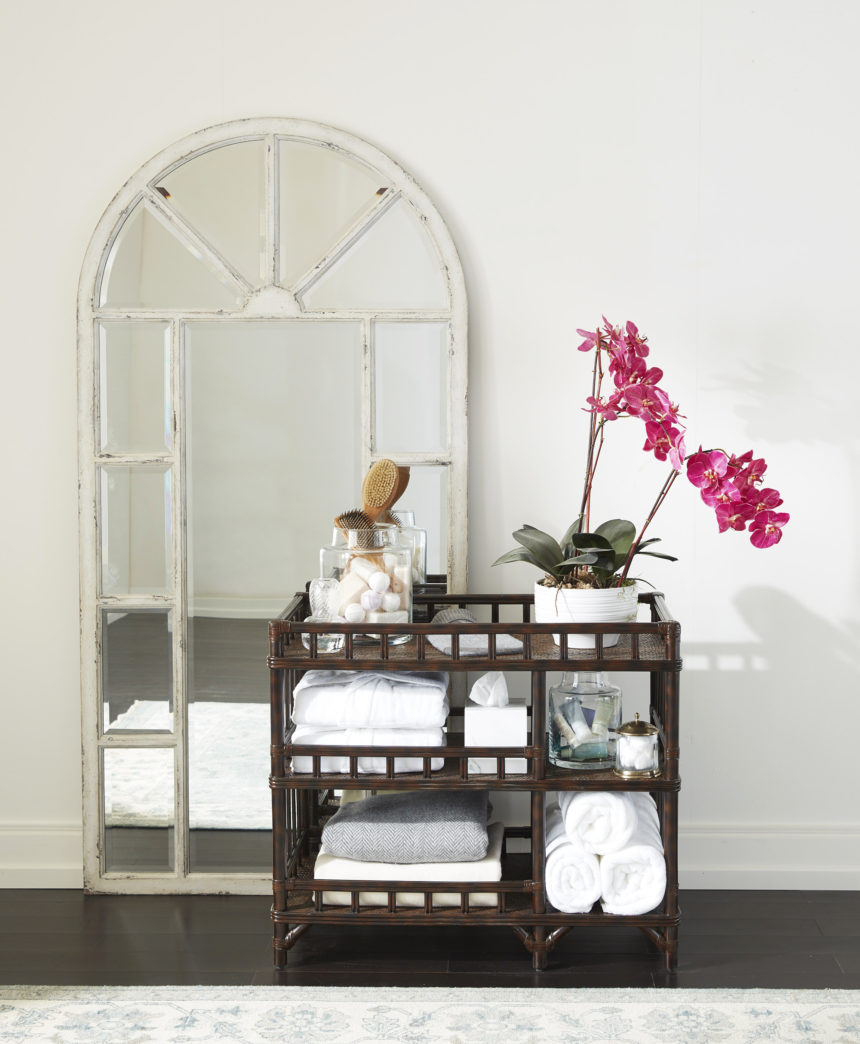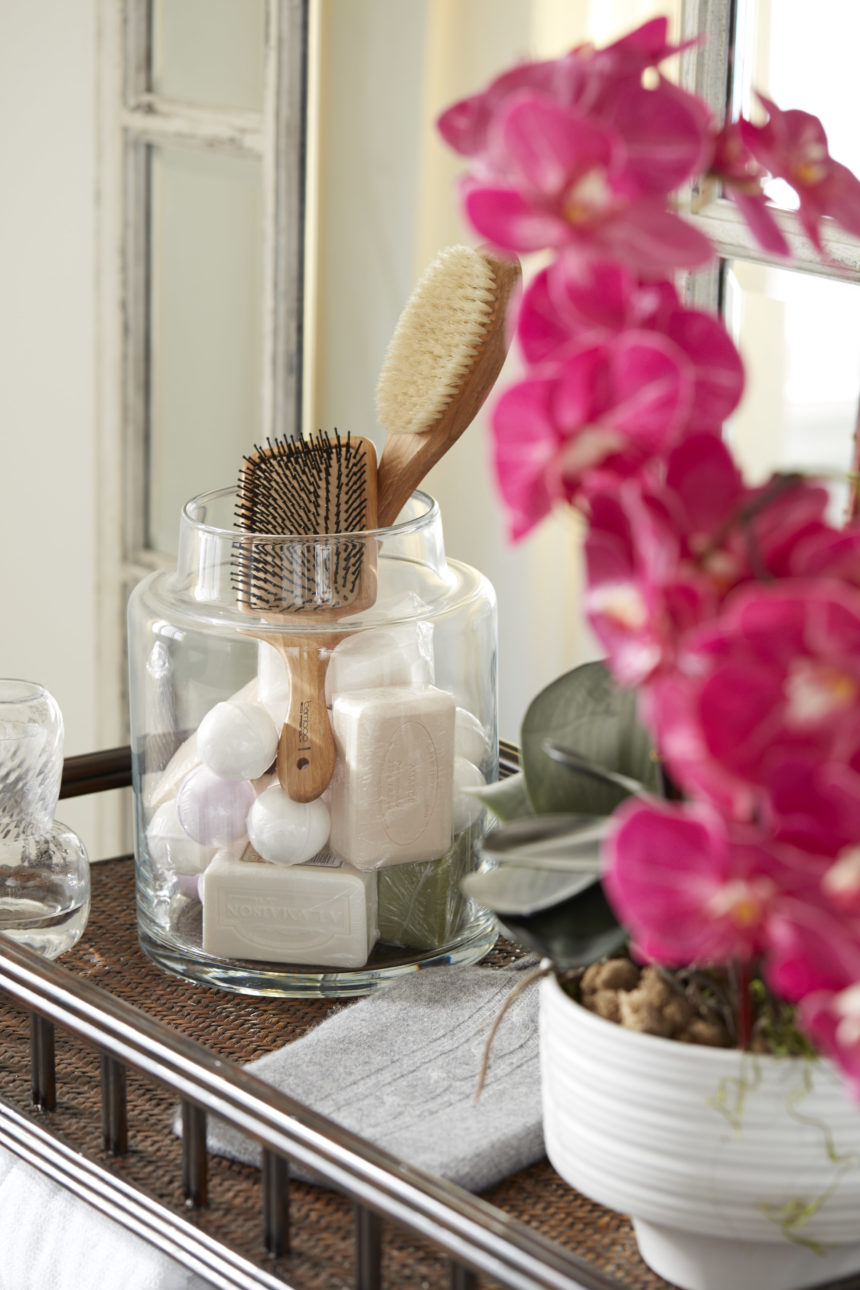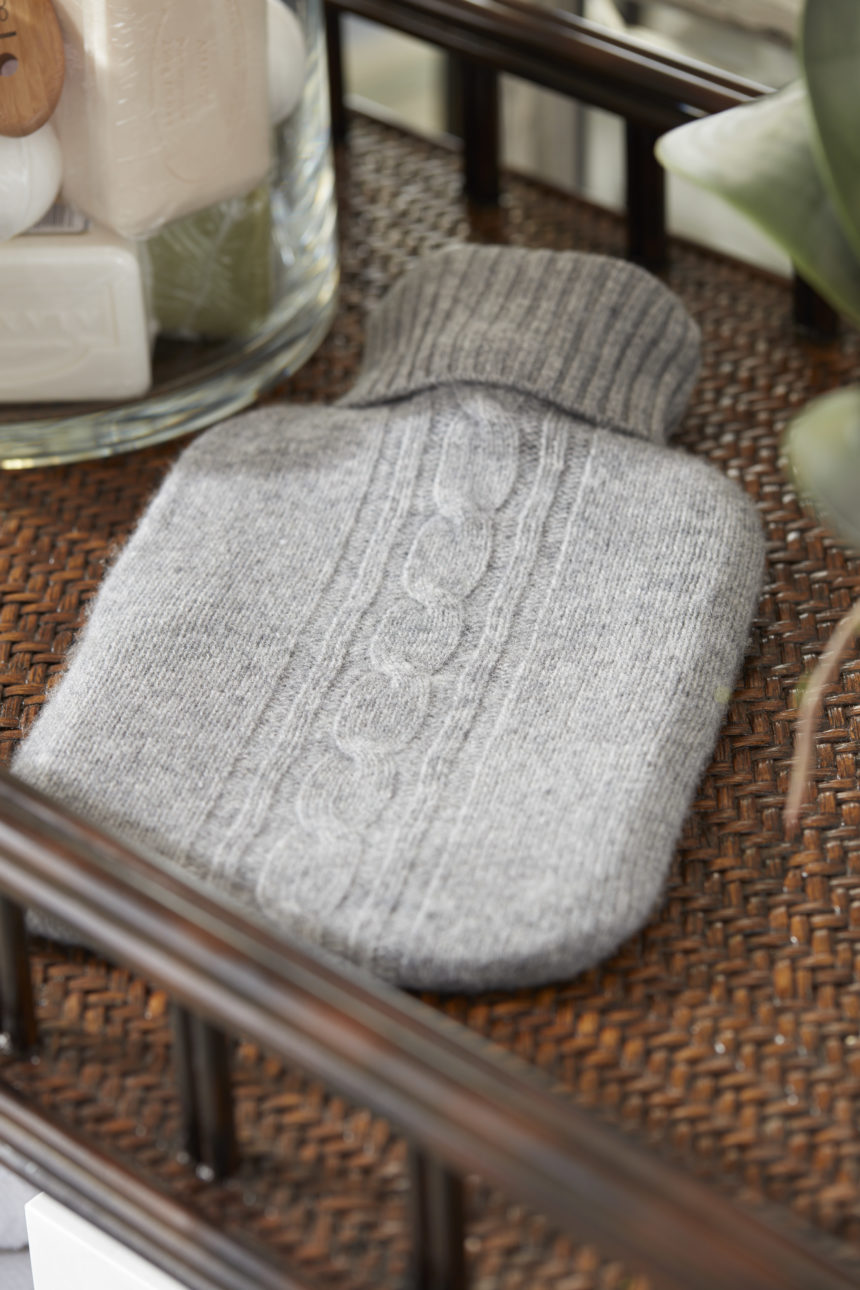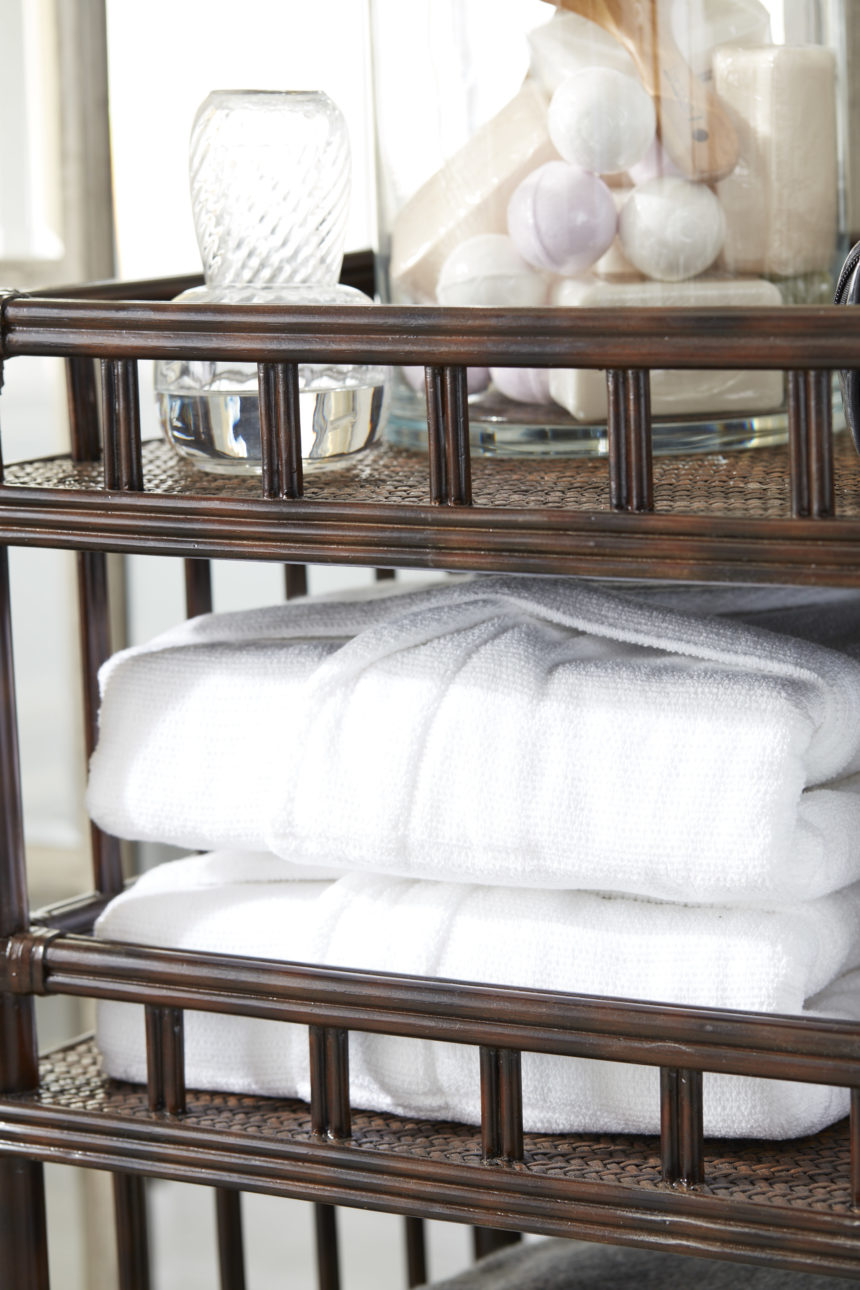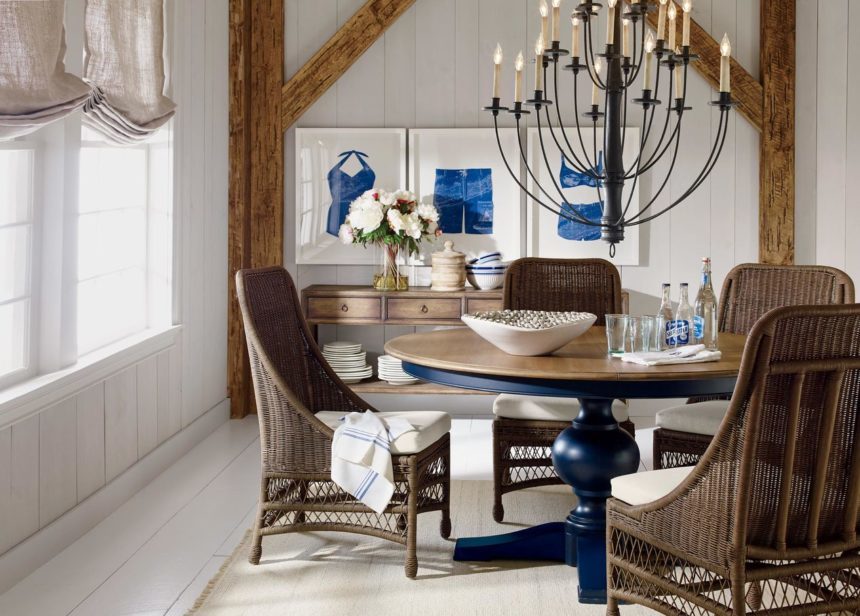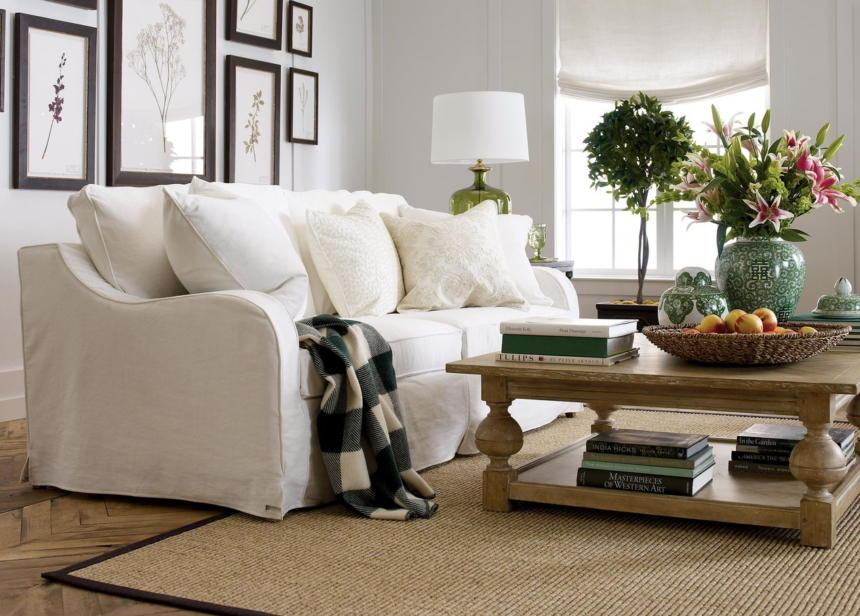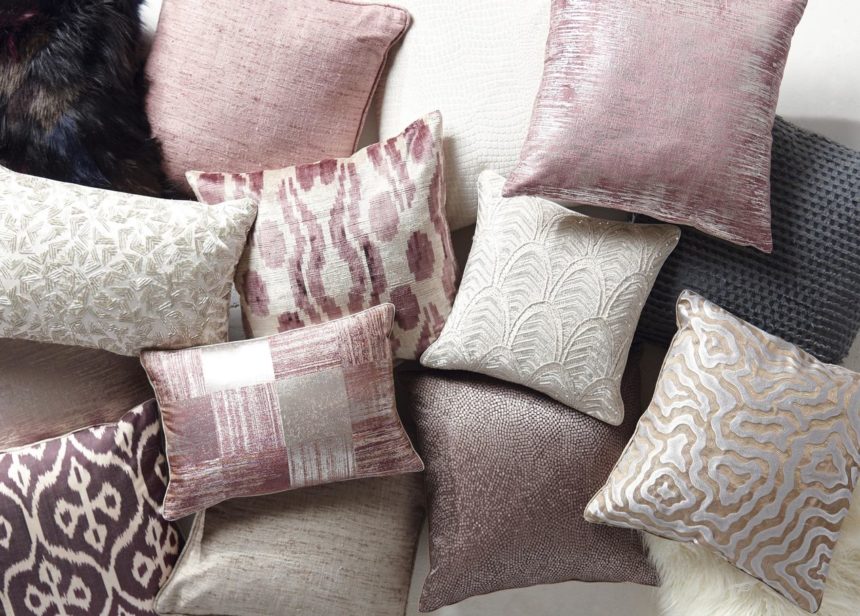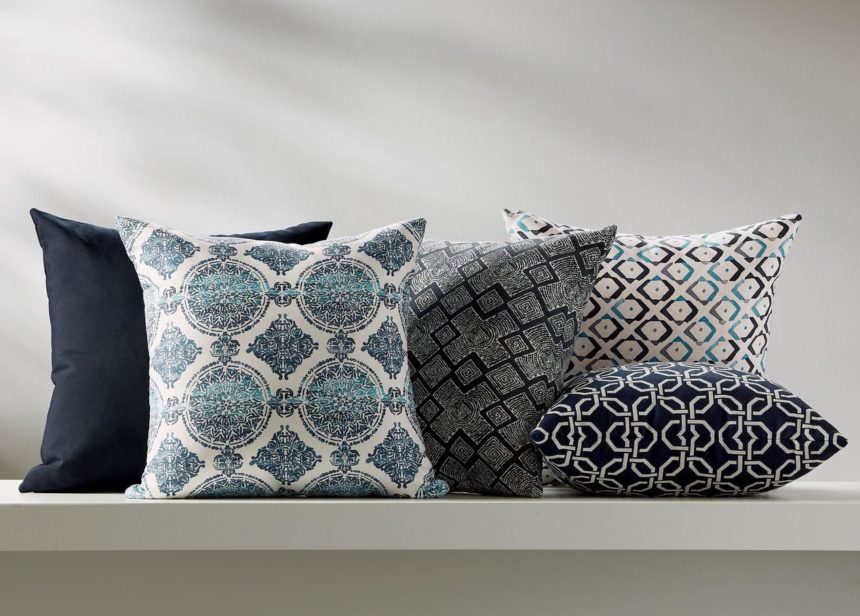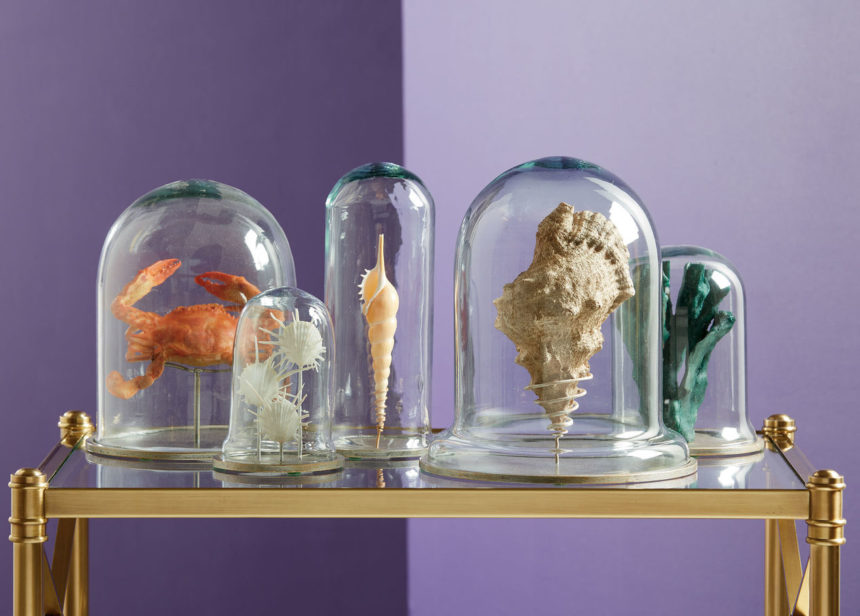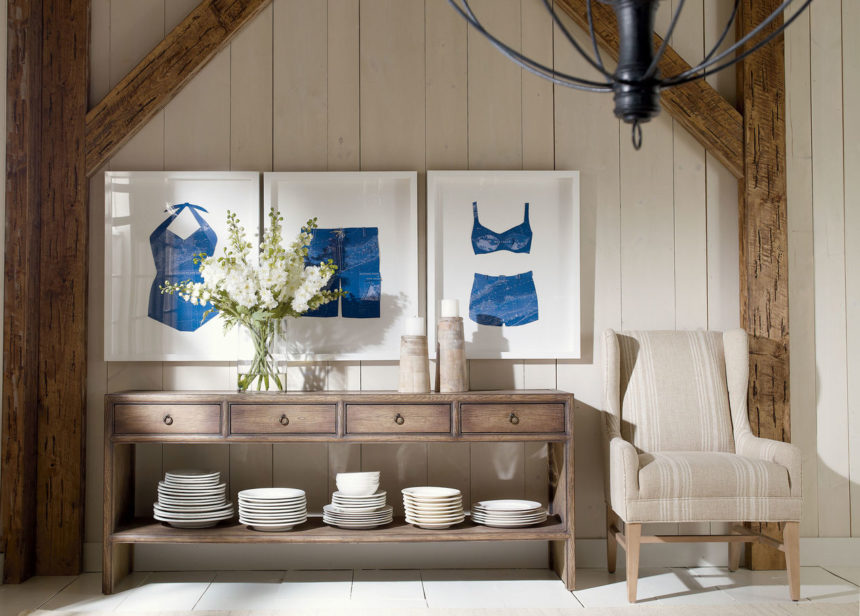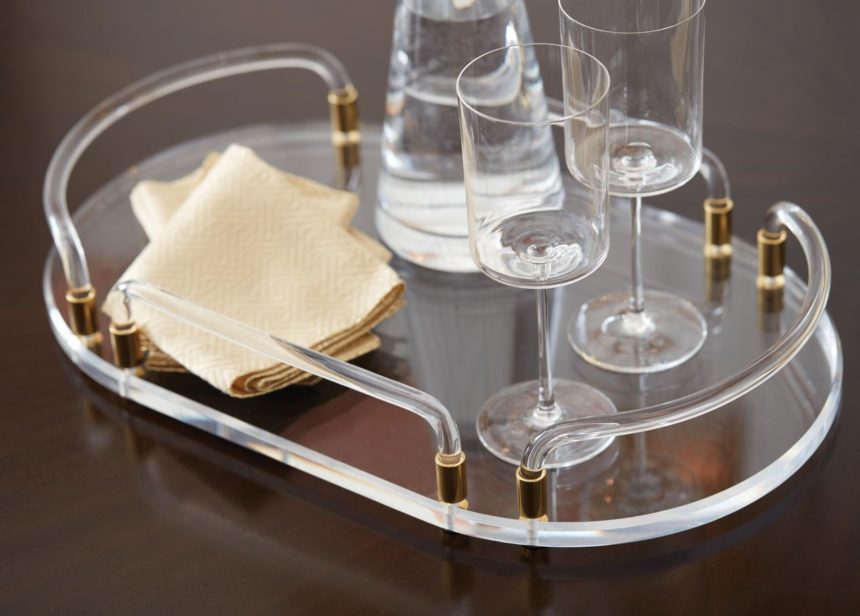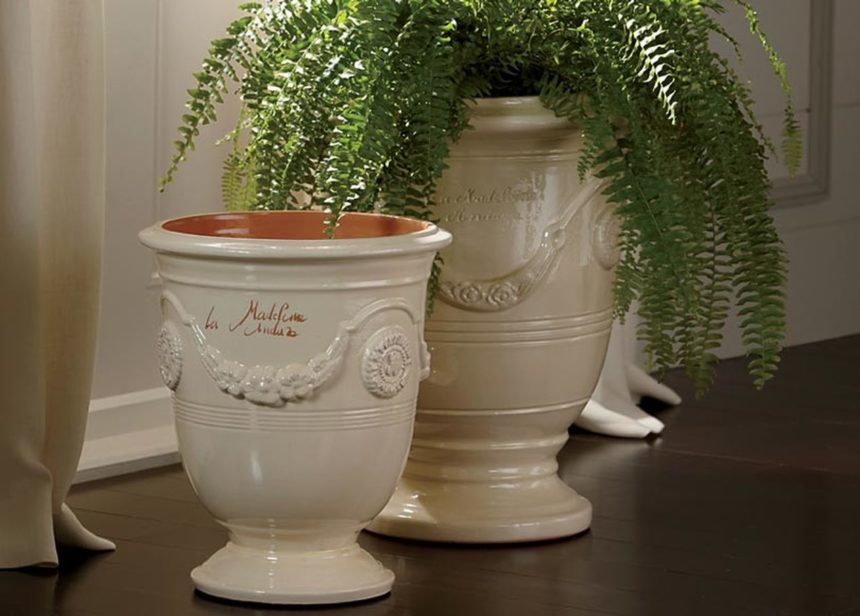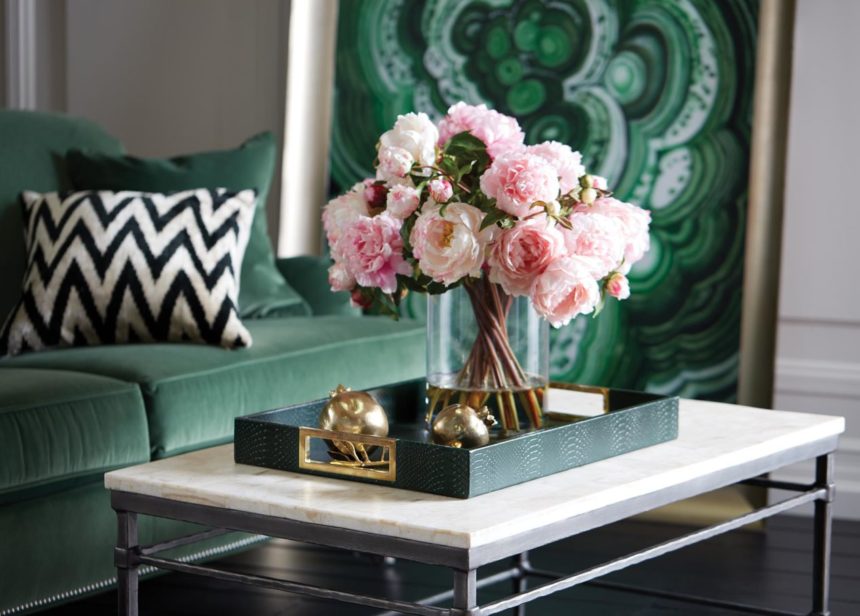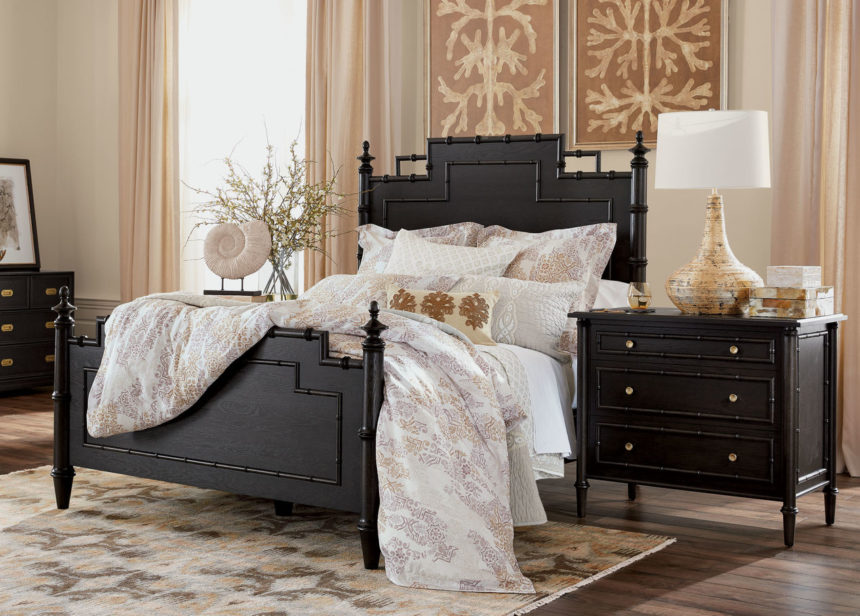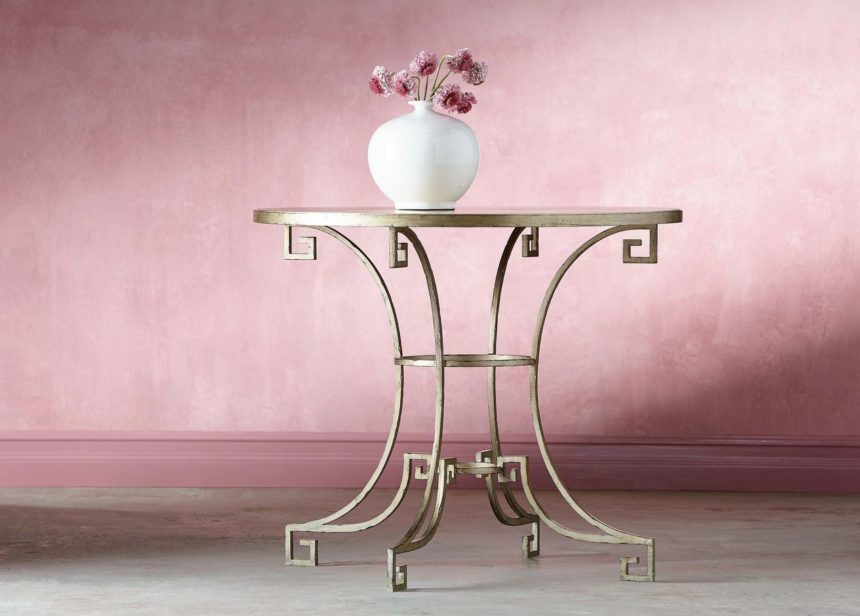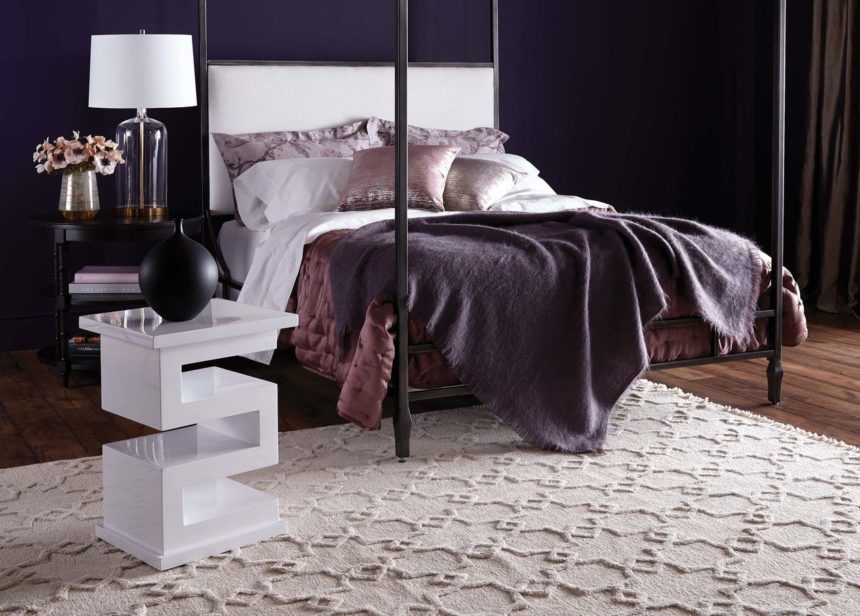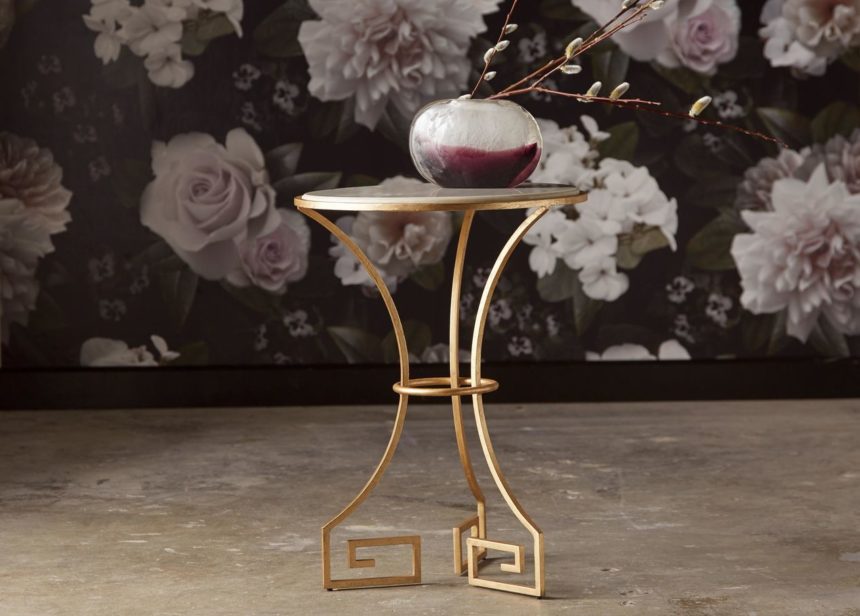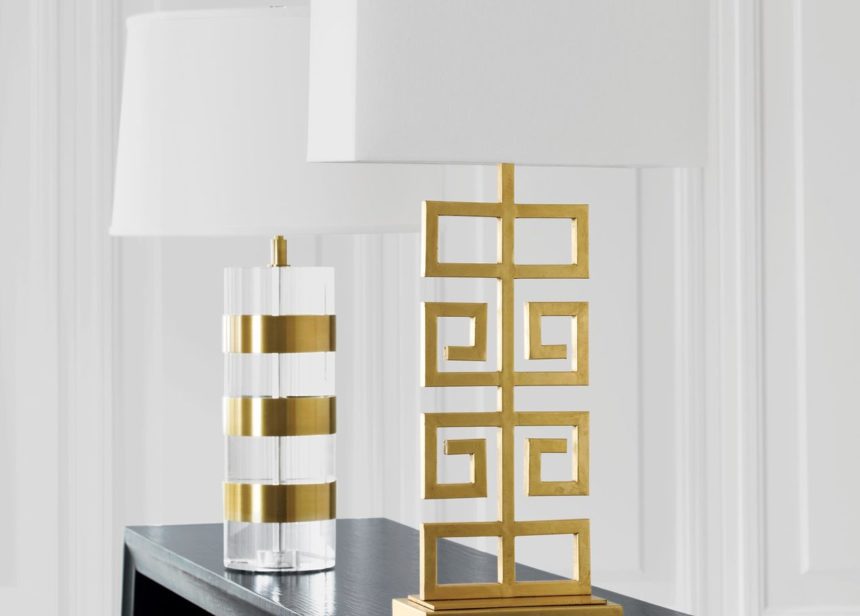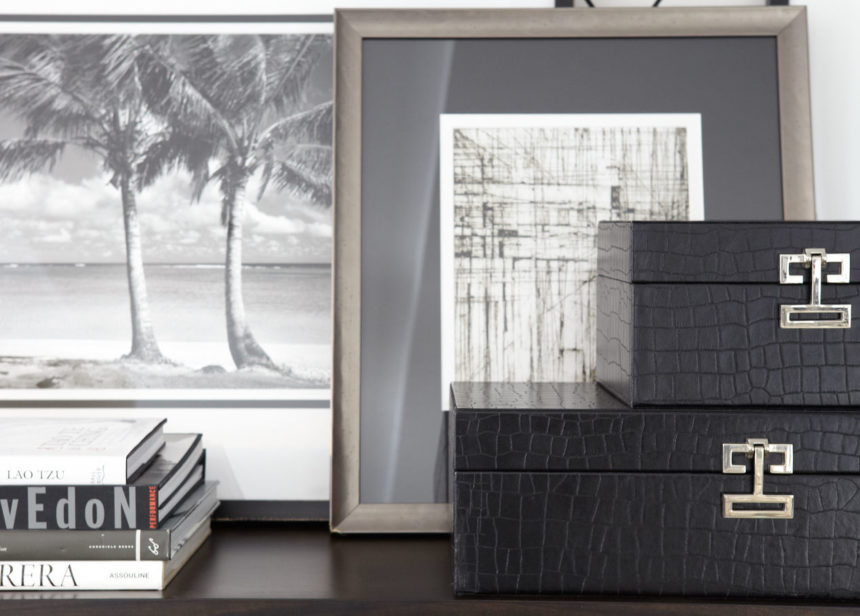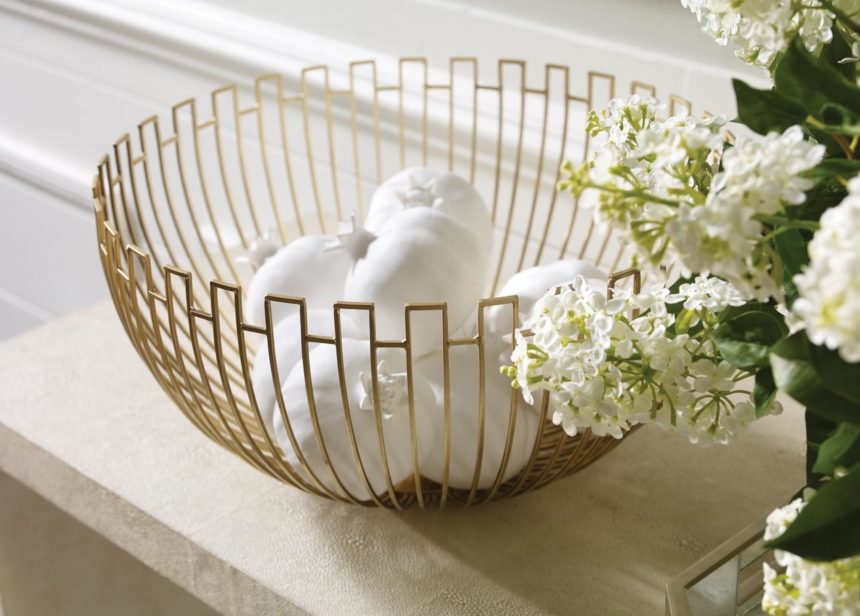Our designers are among the best in the business—and we’re always on the lookout for the best among them. When we discover a gifted designer—like Sherri Rossland—who represents the essence of Ethan Allen, we know we’ve found our latest Design Star! Meet Sherri in this exclusive interior designer interview. Find out what inspires her, what projects are her favorites, and what she brings to the design table. Take a peek into the life of an interior designer who truly loves her work—and makes beautiful homes happen every day.
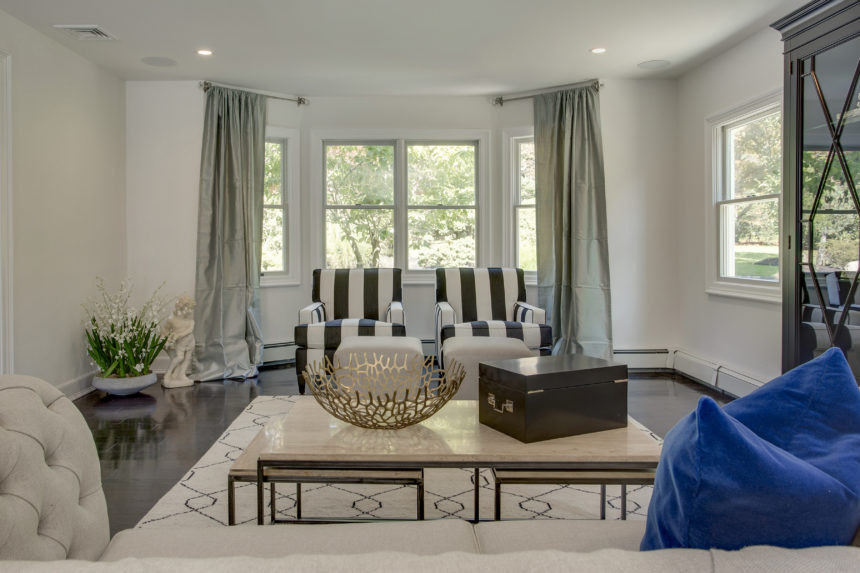
Background
Sherri is a design consultant at the Ethan Allen Design Center in Garden City, New York; she’s been with the company for 13 years. A resident of Long Island, Sherri studied interior design at the Metropolitan Institute of Interior Design in Syosset, New York. With a lifelong interest in history and travel, she’s fortunate to have traveled extensively, giving her the opportunity to learn about different cultures.
What is the one thing you’d like our readers to know about you, the designer?
Personal connections create relationships. I strive for long-lasting relationships with my clients that begin with the design process. I’m also inspired by the bond that exists between our homes and our emotions—and the role that psychology plays in creating a meaningful space. My portfolio includes a wide variety of design styles, but my approach to interiors has an emphasis on simplicity with traditional details.
What is your favorite design tip:
Be sure you connect with your space; how your home makes you feel is as important as how it looks.
Complete this sentence: Every room needs….
Details—and by that I don’t mean the little things you do at the end as an afterthought. Details should be part of the overall concept because they truly do complete a space.
What Ethan Allen piece is your favorite:
I love a lot of our new pieces; they’re elegant with a touch of glamour.
If you could do any project, anywhere, on any budget, what would it be?
I aim for serenity, peace, and comfort in addition to aesthetics whenever I design a space. I love the calmness of water, so my dream project would be a waterfront home with a soft, monochromatic palette and a relaxed look. The simplicity of clean lines and textures would add elegance.
Tell us about your favorite Ethan Allen project:
In September 2017 I was responsible for designing three rooms in a new home in a prestigious area on the North Shore of Long Island. I wanted the interior of this home to reflect a lifestyle of luxury and elegance. I wed transitional style with a twist of modern—and added a lot of warmth. Form and function were interconnected; a beautiful, monochromatic palette provided tranquility. I defined the rooms and created contrast by introducing bold, generously scaled accents and artwork.
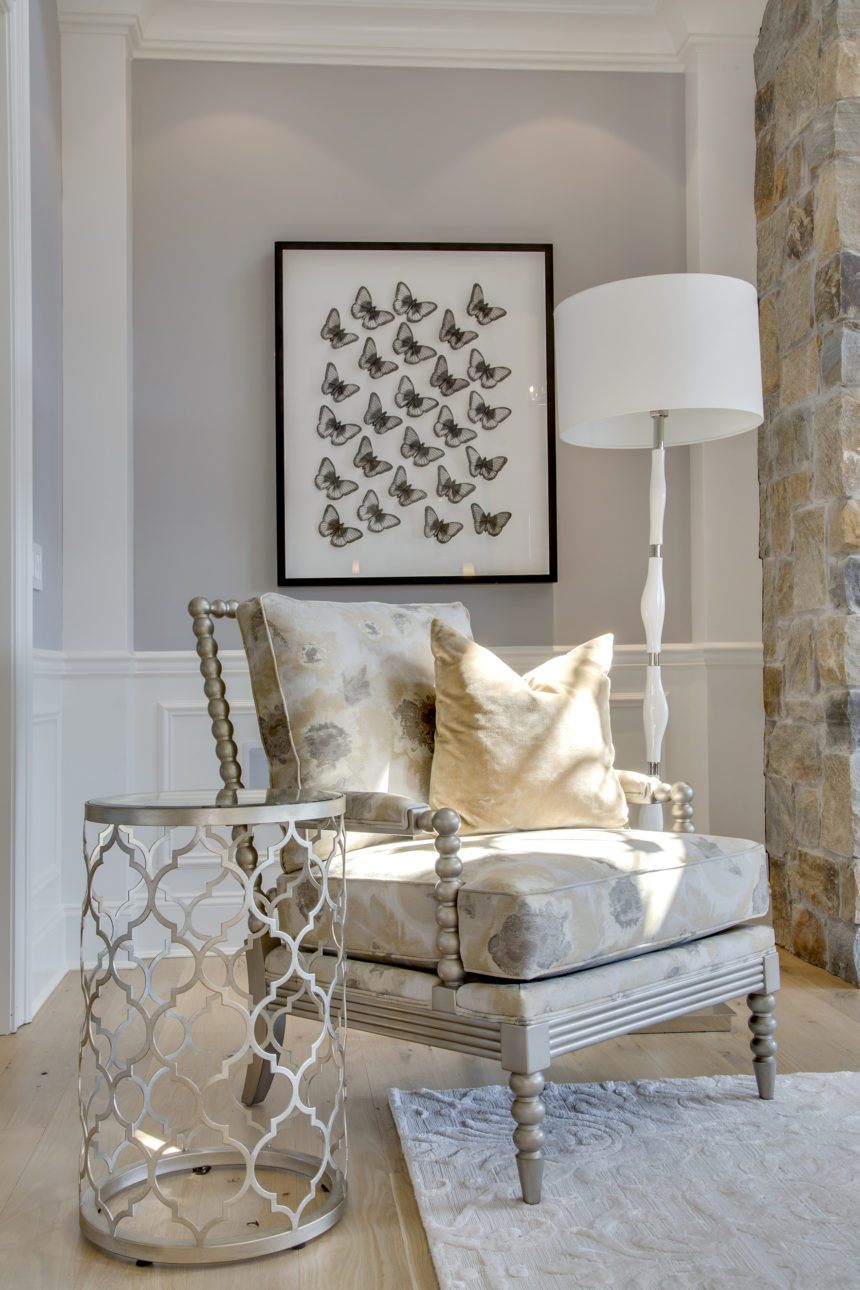
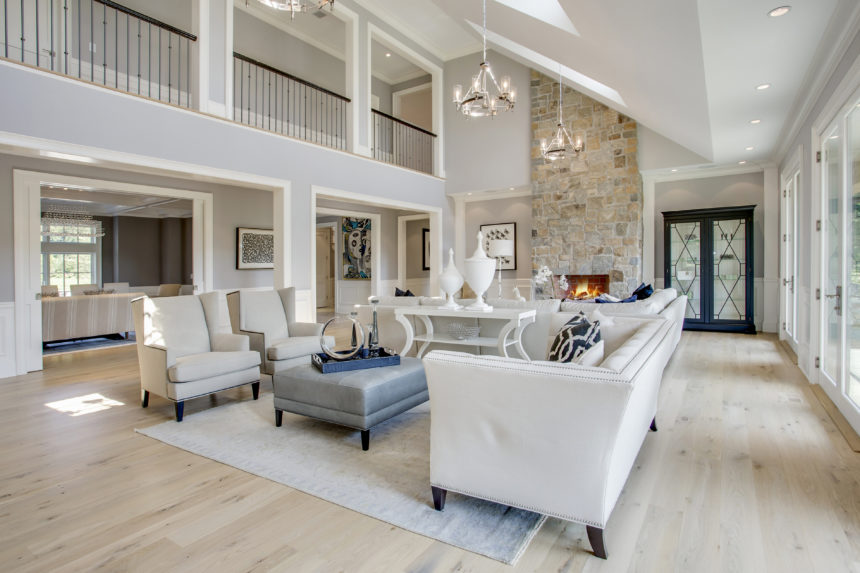
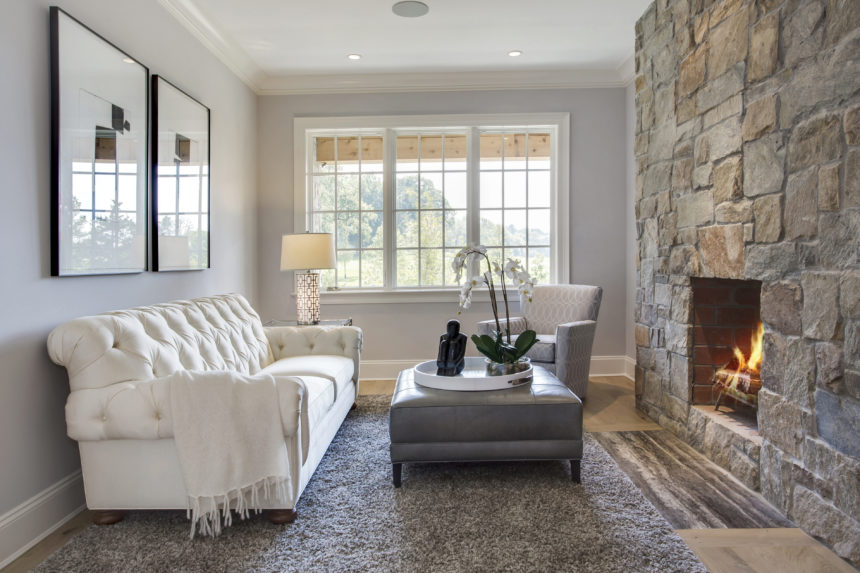
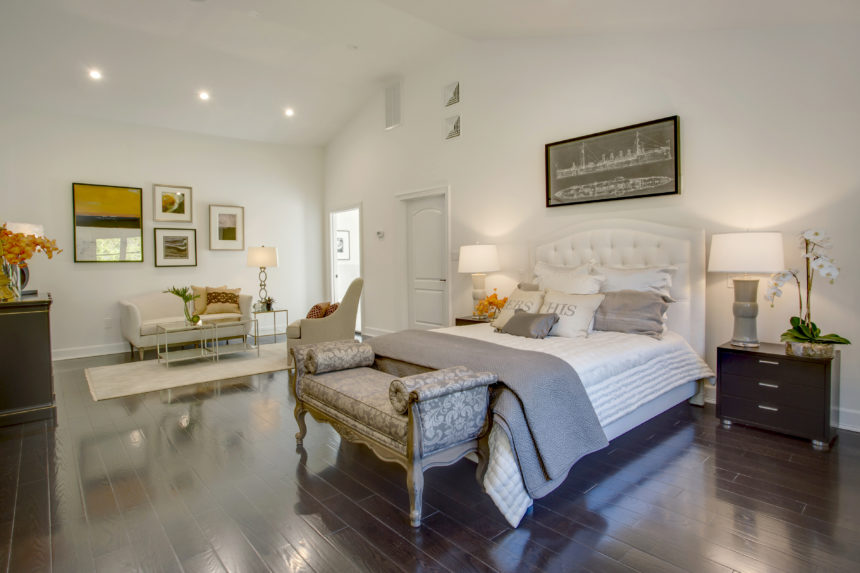
Find more of Sherri’s work on Instagram @sherrirossland. To see more beautiful rooms by designers like Sherri, subscribe to The Art of Making Home.


